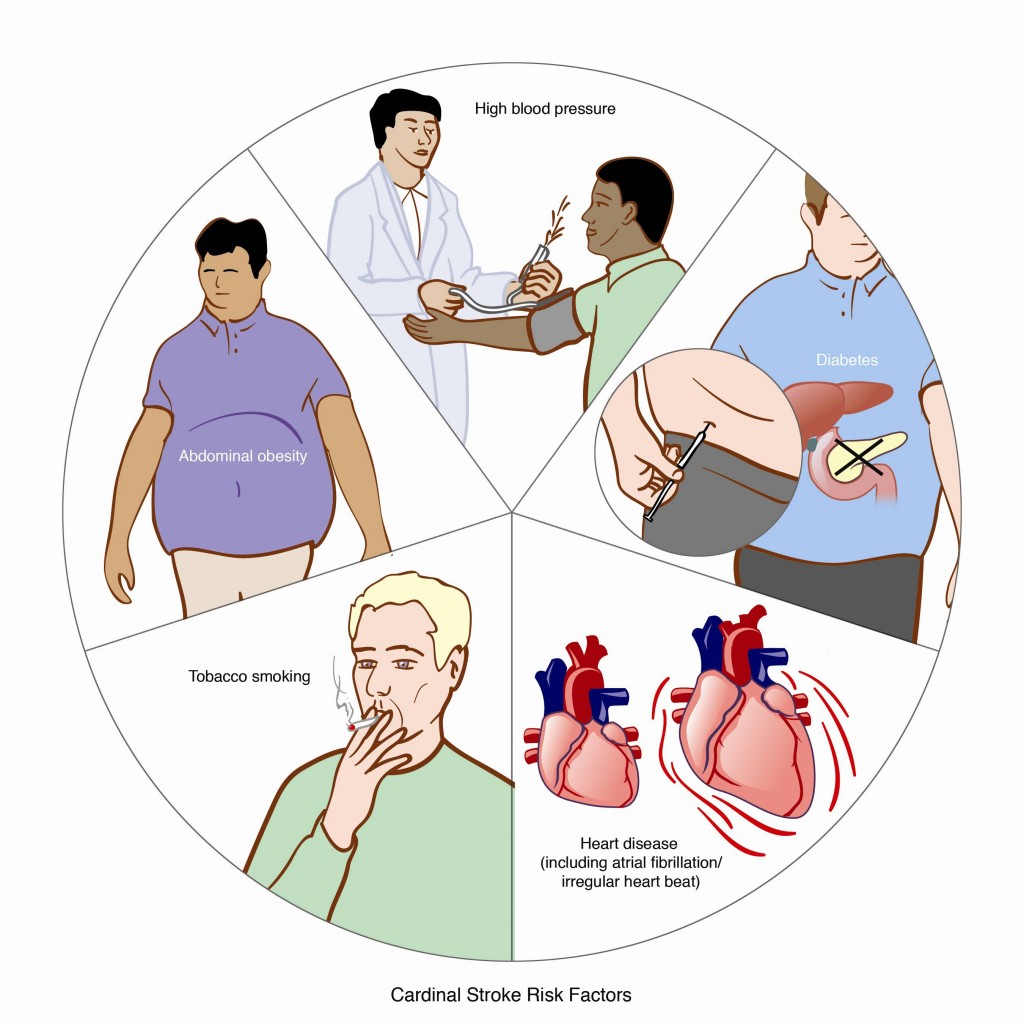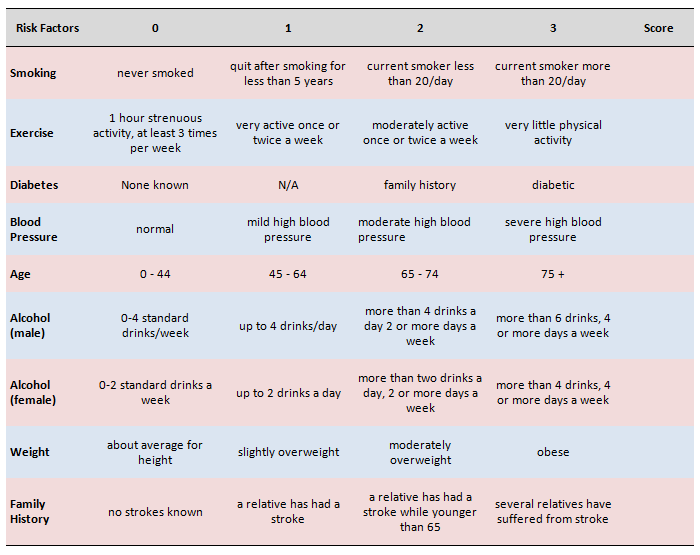Recent research has found that the risk of stroke is 3 times higher in those with type 2 diabetes. The current research into the relationship between diabetes and stroke highlights that diabetes increases stroke risk by 3% each year, and triples at 10 years. This data demonstrates that having type 2 diabetes for a long period of time can dramatically affect a person’s quality of life and has a significant impact upon the likelihood of developing other health conditions.
A stroke is a rapid loss of brain function due to a disturbance in the brain’s blood supply, and typically occurs due to a blockage (ischemic) or a haemorrhage. People with type 2 diabetes have been found to have an increased risk of ischemic stroke, which occurs due to a lack of blood flow caused by a blockage. Other than type 2 diabetes, risk factors for this type of stroke include smoking, high cholesterol, high blood pressure, physical inactivity, and a poor diet.
Researchers in the Northern Manhattan Stroke Study demonstrated that with the duration of diabetes, the risk of stroke increases. They concluded that the age at which someone is diagnosed with type 2 diabetes is extremely significant as the longer you have diabetes, the greater the risk of stroke. Given reports that many young adults and even children are being diagnosed with type 2 diabetes, this finding means that more and more people will be living longer with diabetes and consequently will have a 3% increase in their stroke risk every year after diagnosis. This illustrates why prevention is important when dealing with type 2 diabetes.

The consequences of a stroke are very severe; it is the third most common cause of death in Australia. Stroke also results in disability, with 35% of stroke survivors remaining permanently disabled. Combined with diabetes, a stroke can have devastating consequences on an individual and their entire family, reinforcing the importance of reducing one’s risk of stroke and type 2 diabetes.
Type 2 diabetes is categorised as a lifestyle disease, and is preventable in almost all cases. The prevention of type 2 diabetes requires eating a healthy diet and regular exercise. A combination of resistance and aerobic training at a moderate intensity on 5 days per week is sufficient to reduce the risk of developing the disease. Combined with exercise, reducing the consumption of sugar and processed foods is a good step to prevent diabetes and improve general health. These positive lifestyle changes reduce the risk of type 2 diabetes, and the risk of other co-morbidities such as stroke, heart disease, high blood pressure, and high cholesterol. If these factors are not addressed, a significant risk is posed to one’s longevity.
Would you like to know more about how our Accredited Exercise Physiologists can help you exercise appropriately to reduce your risk of developing chronic diseases? Visit our new website: Exercise Physiology at Inspire Fitness, for all the information you need.
Use the Brain Foundation’s Stroke Risk Self-Assessment Chart below, to assess your risk of stroke.
Stroke Risk Self-Assessment Chart
Instructions: Score each line and then add up your total score. The lower your score, the better. The higher your score, the greater your risk of having a stroke. An approximate guide to the risk is:
0 – 4 : Very low risk
5 – 9 : Moderate risk
10 – 13 : High risk
14+ : Very high risk
This is just a guide, but it demonstrates measures you can take to decrease your risk of stroke.

